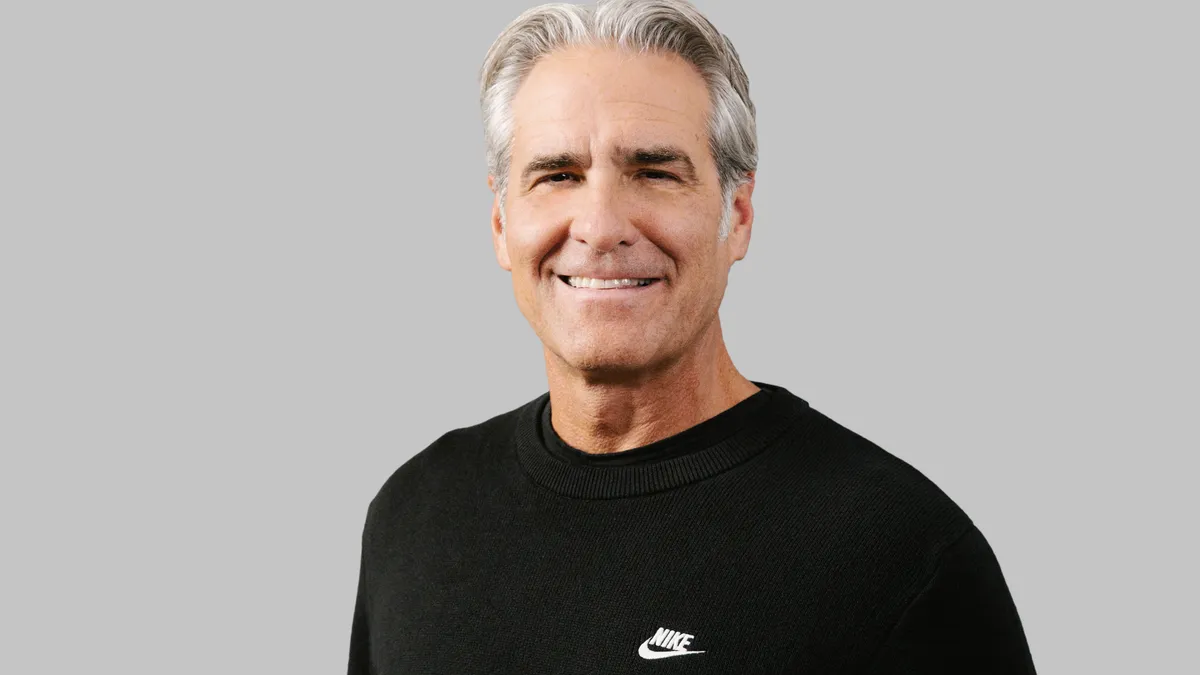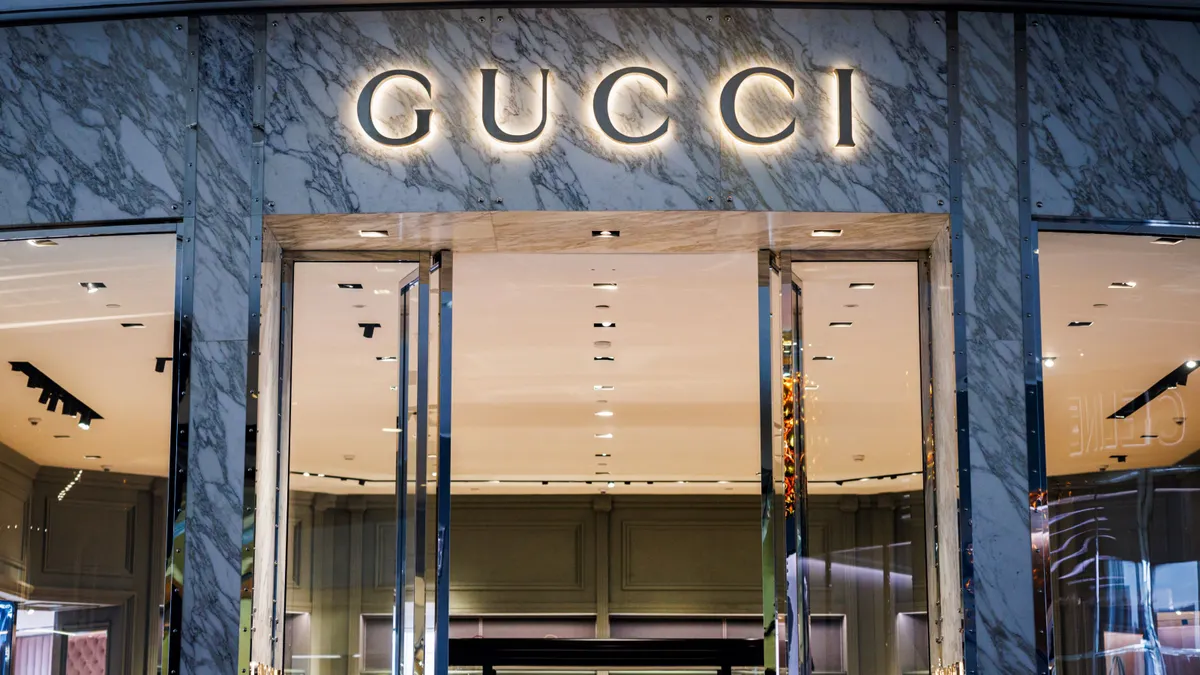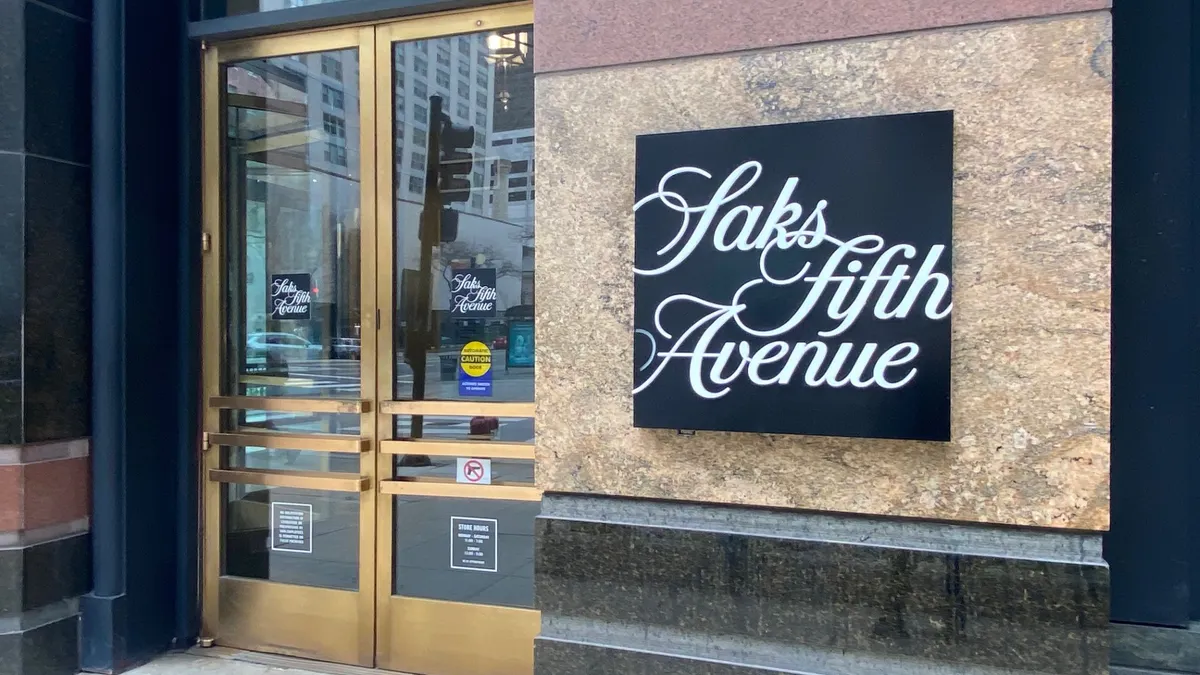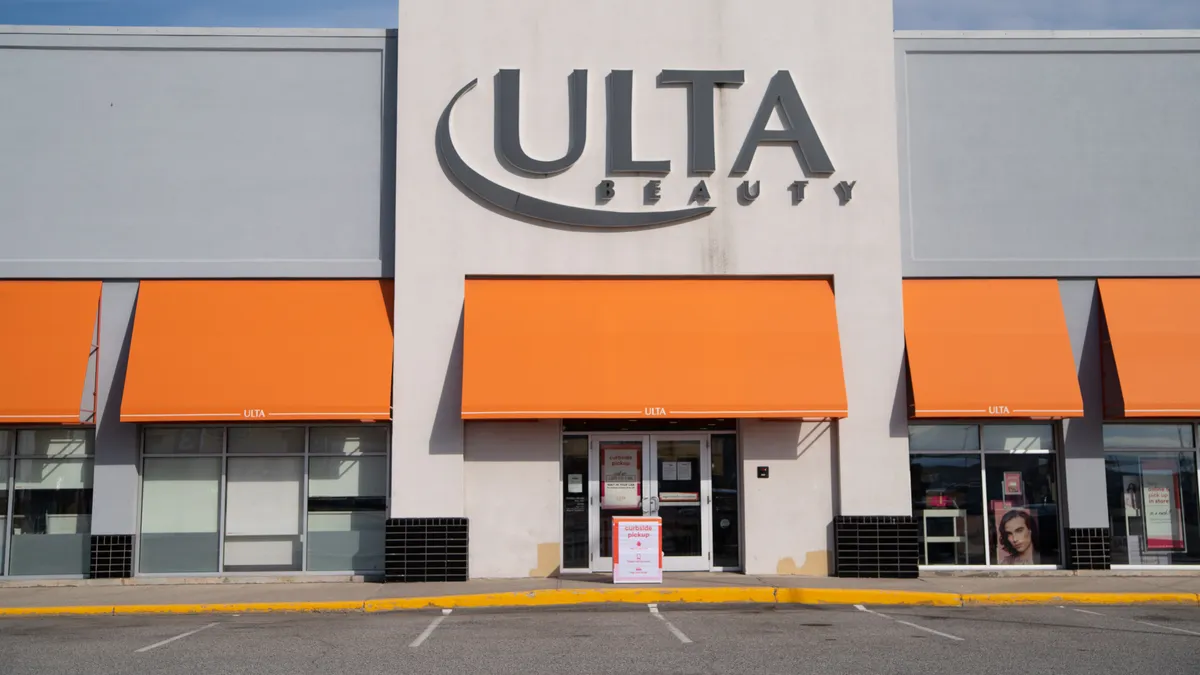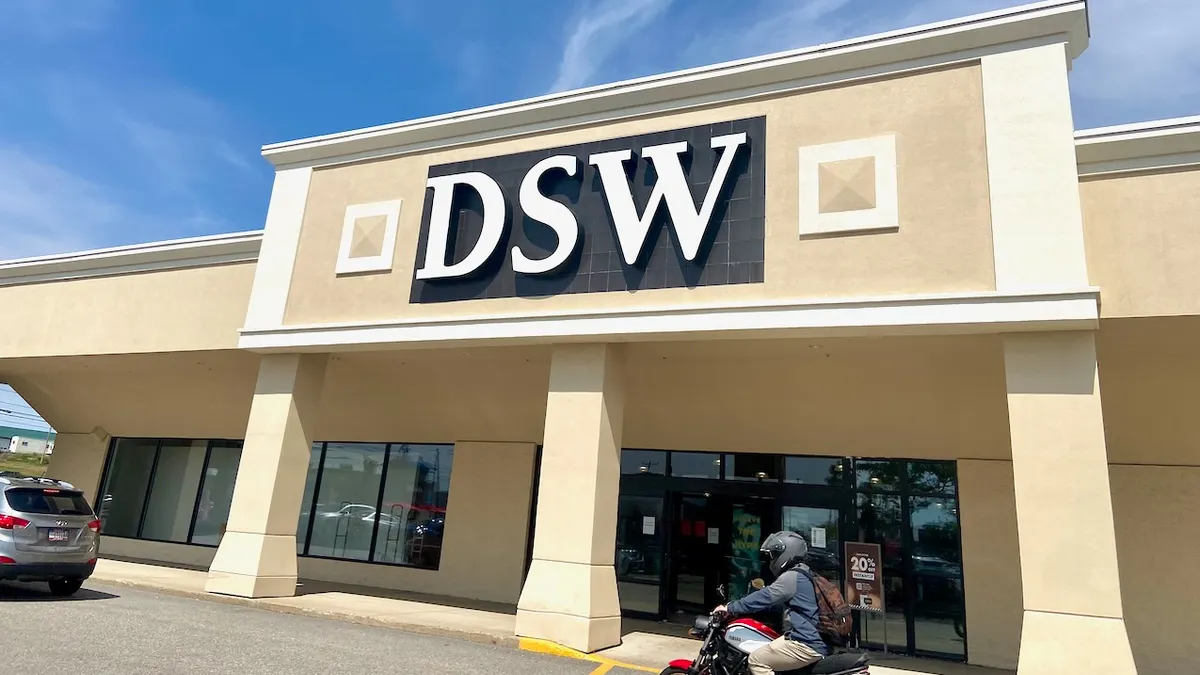It seems like everyone is going off-price these days.
Retailers from Macy's and Kohl's to The Limited and Lord & Taylor have all announced their own off-price stores since late 2015. The retailers are entering a crowded market, with top dogs TJX Cos., parent of TJ Maxx and Marshalls, and Nordstrom Rack operating more than 3,800 stores combined. Another off-price retailer, Ross Stores, recently announced that it will add around 90 new stores this year, with plans to grow to around 2,500 locations “over time.”
With traditional brick-and-mortar retailers closing stores and seemingly entering bankruptcy every month, the idea of launching new stores in a challenging environment seems audacious at best. But retailers have good reason for betting big on the off-price concept.
It's all in the numbers: According to new research from NPD Group, about two-thirds of all shoppers spend at off-price retailers, with these shoppers responsible for 75% of apparel purchases across all channels. While all of retail is expected to see 4% growth over the next five years, Moody’s predicts that off-price retailers T.J. Maxx, Ross, and Burlington will grow 6% to 8% in the same period.
But others aren’t so sure about these traditional retailers moving into the off-price realm. While Macy's hopes to attract a new set of millennial consumers with their off-price stores (and eventually transition them to their full-price stores as their pocketbooks grow), some experts predict that off-price will just cannibalize the parent.
“They’ll do a lot of business,” Mark Cohen, director of retail studies at Columbia University's Graduate School of Business, told Retail Dive about Macy’s Backstage concept last year. “The question is: How much is truly incremental, how much simply represents transfer sales? And more insidious than that, how much will it further erode Macy’s brand equity?”
With the surge of retailers and stores offering goods at off-price, discussion forum Retail Wire asked its BrainTrust panel of retail experts the following questions:
- Are off-price chains making department and specialty clothing stores irrelevant in the minds of the vast majority of consumers?
- How do you turn consumer attention away from off-price outlets if you run a department store or other full-priced business?
Here are eight of the best comments from that discussion. Comments have been edited by Retail Dive for style and length.
1. Off-price is the new normal
Ron Margulis, Managing Director, RAM Communications: At what point does the off-price outlet become normal retail and the full-price outlet become premium retail? If about 75% of sales are through those off-price outlets, I’d say we’re there. This trend is analogous to the entry of Walmart into grocery 25+ years ago. Taking price away from the competitive landscape, successful supermarket chains moved to featuring assortment and customer service. The successful department and specialty clothing stores will do the same.
2. Not much to do but wait
Max Goldberg, President, Max Goldberg & Associates: Many consumers are still feeling the pain of the Great Recession, as wages have not kept pace with the general market recovery. They want value when shopping for clothes and are finding it at off-price chains, where one sacrifices some of the selection for significantly reduced prices. In a way, the leading department stores have brought this phenomenon on themselves by opening these stores, as well as outlet shops. Until wages rise significantly, I don’t see this pattern changing. Consumers will shop where they receive value, and traditional department stores will literally pay the price.
3. Eroding trust
Ian Percy, President, The Ian Percy Corporation: As happens so often, retail, once again, suffers from self-inflicted wounds.
For some reason lately we’ve had several items here at RetailWire about the legitimacy and honesty of MSRP [manufacturer's suggested retail price]. Almost bought a watch yesterday — $69 — regular price $500! Then I found I could buy the same thing for $69 in all kinds of places and some said the regular price was $200. Consumers seem to conclude that MSRP is a fantasy, a made up thing hoping the buyer is rich enough not to care. Jos A. Bank used to put out those buy one get four deals and we all wondered how they can make money doing that. Well of course they’re making money and so the MSRP on each suit is deemed phony. It also conjured up images of children at sewing machines in some jungle factory. How else could they sell them so cheap and still make money?
Retail needs to get hold of this. We don’t trust or like banks. We don’t trust or like airlines. Hopefully we don’t add retail to the list.
4. Catch ‘em before they’re gone
Kim Garreston, Advisor, MyAlerts: You turn attention away from off-price outlets by doing a better job of alerting consumers to the deep discounts on apparel items of most interest before they make their way to the outlets…If retailers would use personalization to identify the specific interests by designer, item, size, color, etc. of their core shoppers, and give each of these shoppers alerts for the ability to buy on discount before the items are shipped to outlets, that should be a win for the core store in getting shoppers in to buy and likely increase their baskets with more margin-rich items while in the stores (or online).
5. Time for better customer service
Zel Bianco, President, founder and CEO Interactive Edge: Off-price clothing stores and online shopping are definitely making department stores less relevant. If department stores want to entice their customers to shop, they need to be more competitive and go back to focusing on the consumer by providing excellent customer service and keeping retail in stock. I will be curious to see the long-term effects of discount stores like Macy’s Backstage. I think this is an excellent opportunity. One that should have probably been implemented years ago.
6. The morphing idea of outlets
Peter Sobotta, Founder & CEO, Return Logic: I think it is important to note that the original intent of outlets was to liquidate unwanted or unsaleable inventory. As retailers realized the potential market and demand for heavily-discounted goods, they created chains of stores designated as outlets. So while the outlets may appear the same, one was out of necessity, the other for profit. As a result, customers have been trained to never buy at full retail and retailers are caught with declining margins and increasing competition (sometimes from their own brand).
7. Banking on the store experience
Cathy Hotka, Principal, Cathy Hotka & Associates: Retailers have trained consumers to shop for the lowest price. The question is how non-discounted retailers (think: Abercrombie & Fitch, or Eileen Fisher) will elevate the shopping experience for the customers who don’t like the idea of shopping at TJMaxx or Marshall’s. With the shift in customer loyalty, enhancing the store experience is going to be very important.
8. Why just two-thirds?
Mohamed Amer, Global Head of Strategic Communications, Consumer Industries, SAP: The term “off-price” is defined and imagined on the basis of a “full-price” paradigm that is no longer viable. Even if we take the term off-price outlets as a format, we’re still working with the old strategy that retailers ought to have regular price stores and discount stores (to move slow inventory). Nearly every store is a discount store irrespective of category or seasonality…
Consumers’ easy 24/7 access to information, product comparisons including prices and digital offers have made the notion of paying full price a 20th century dinosaur — just note Amazon’s wild success to date. What’s surprising to me is that so-called “off-price” shoppers represent only two-thirds of U.S. shoppers. Outside of the top 1%, there’s no motivation not to shop retail’s new pricing paradigm.



